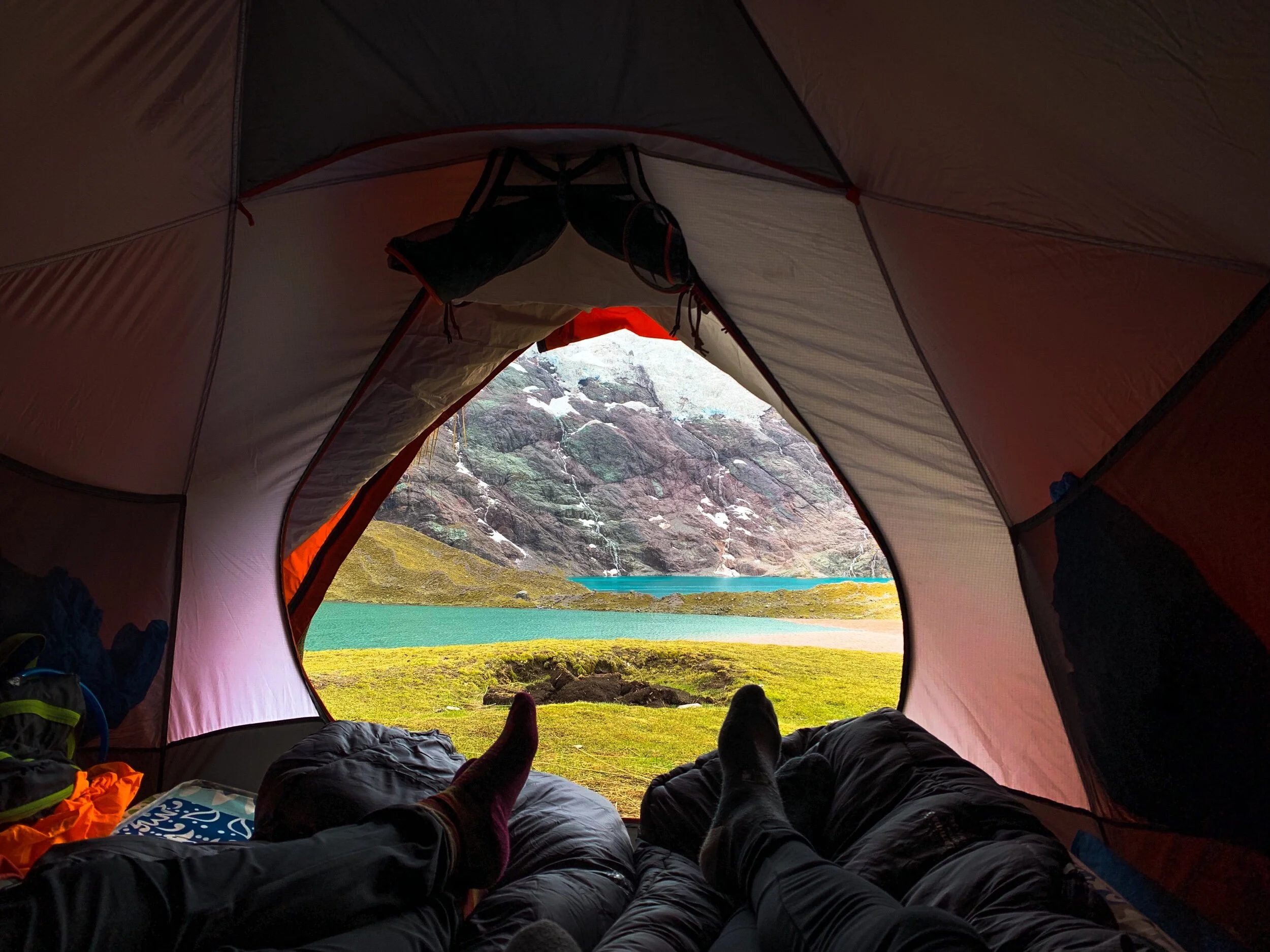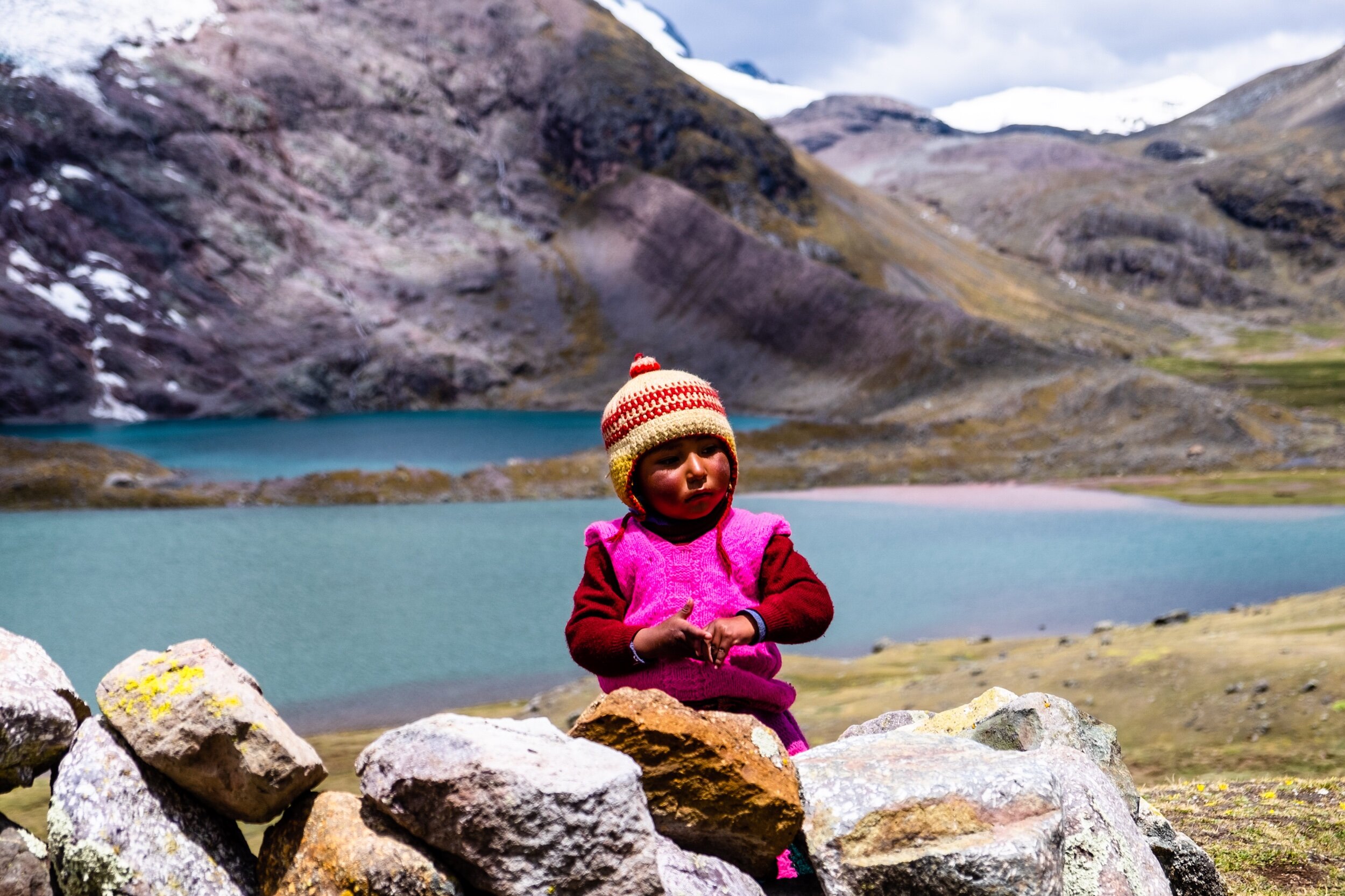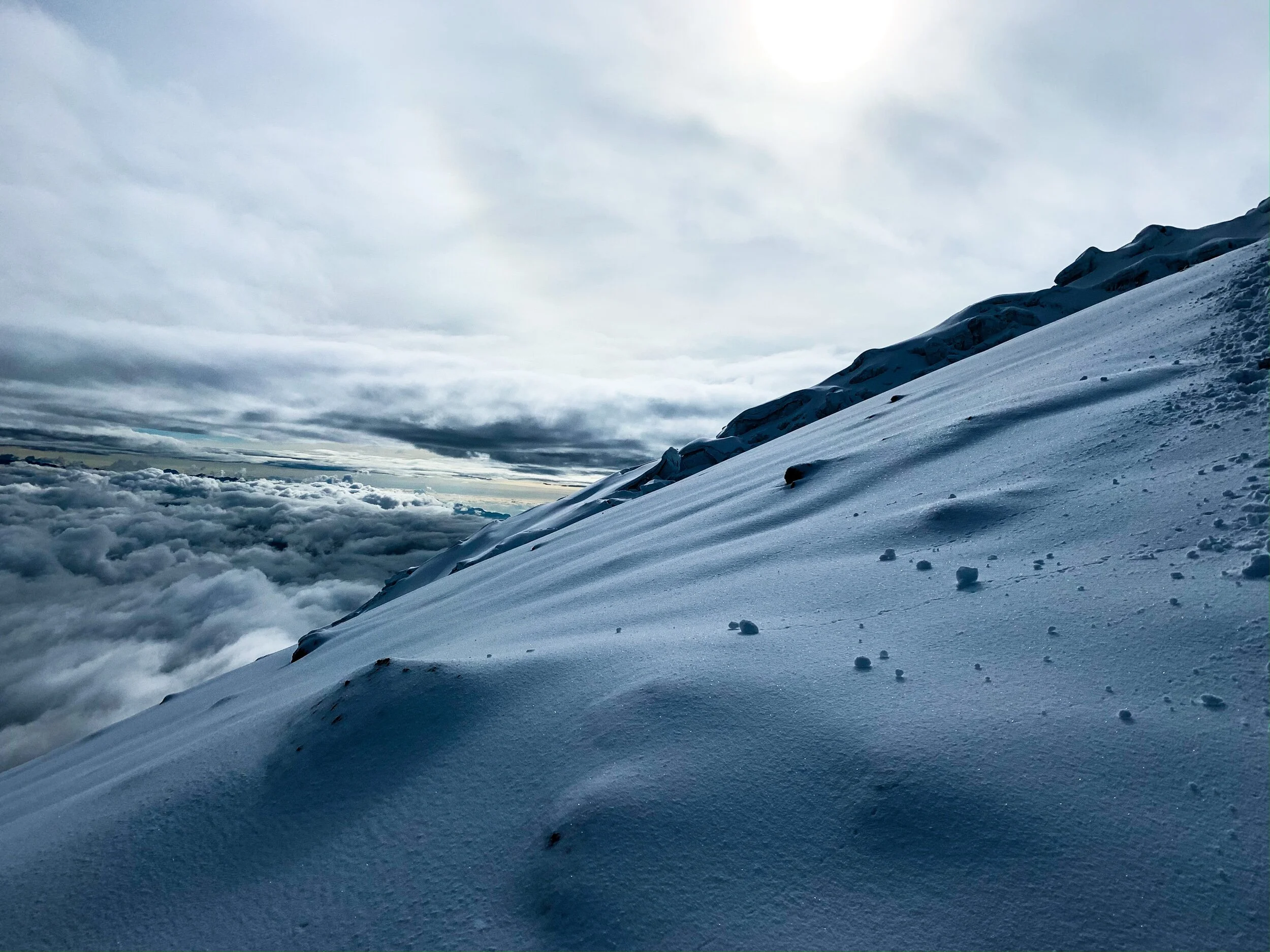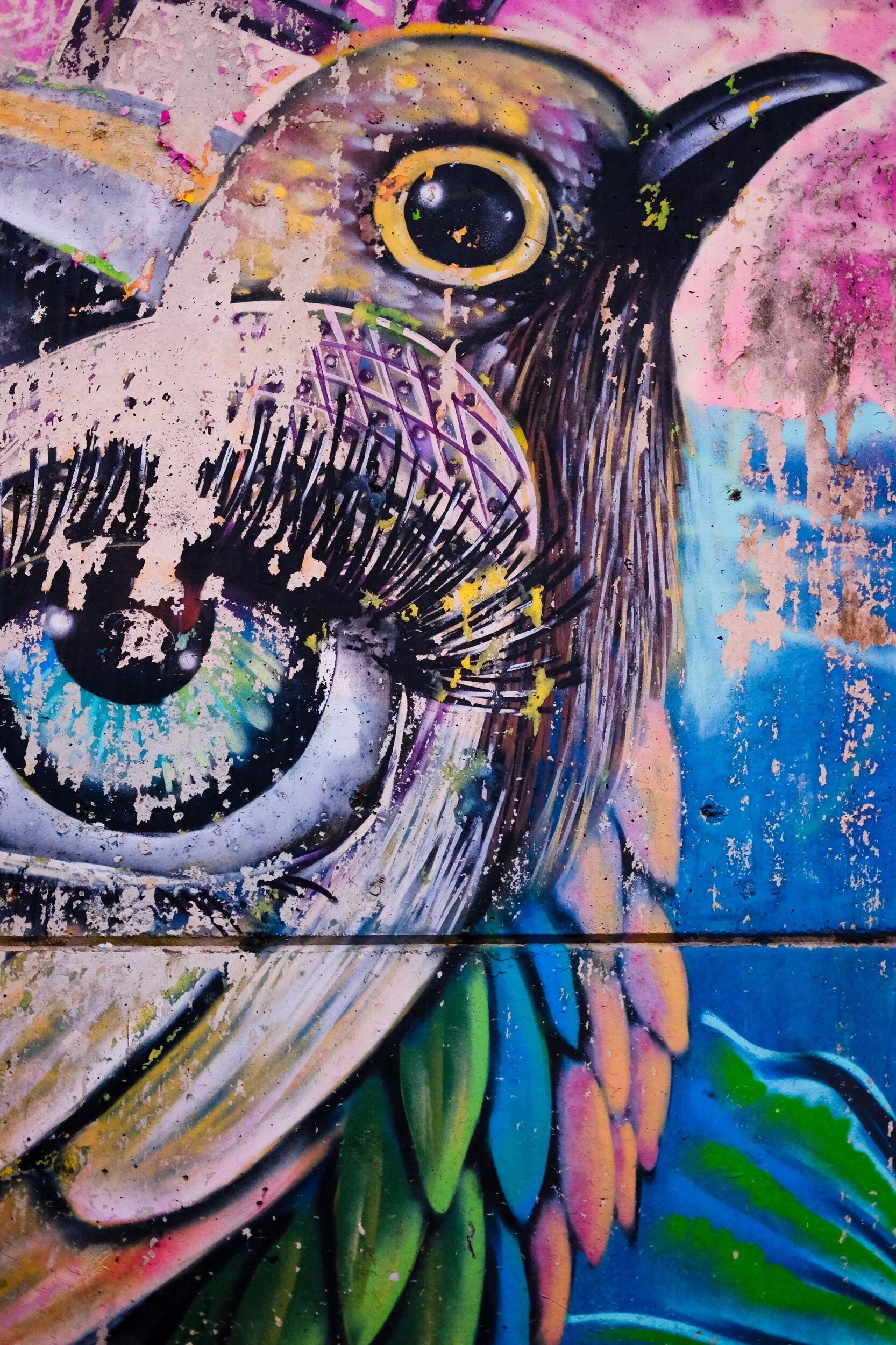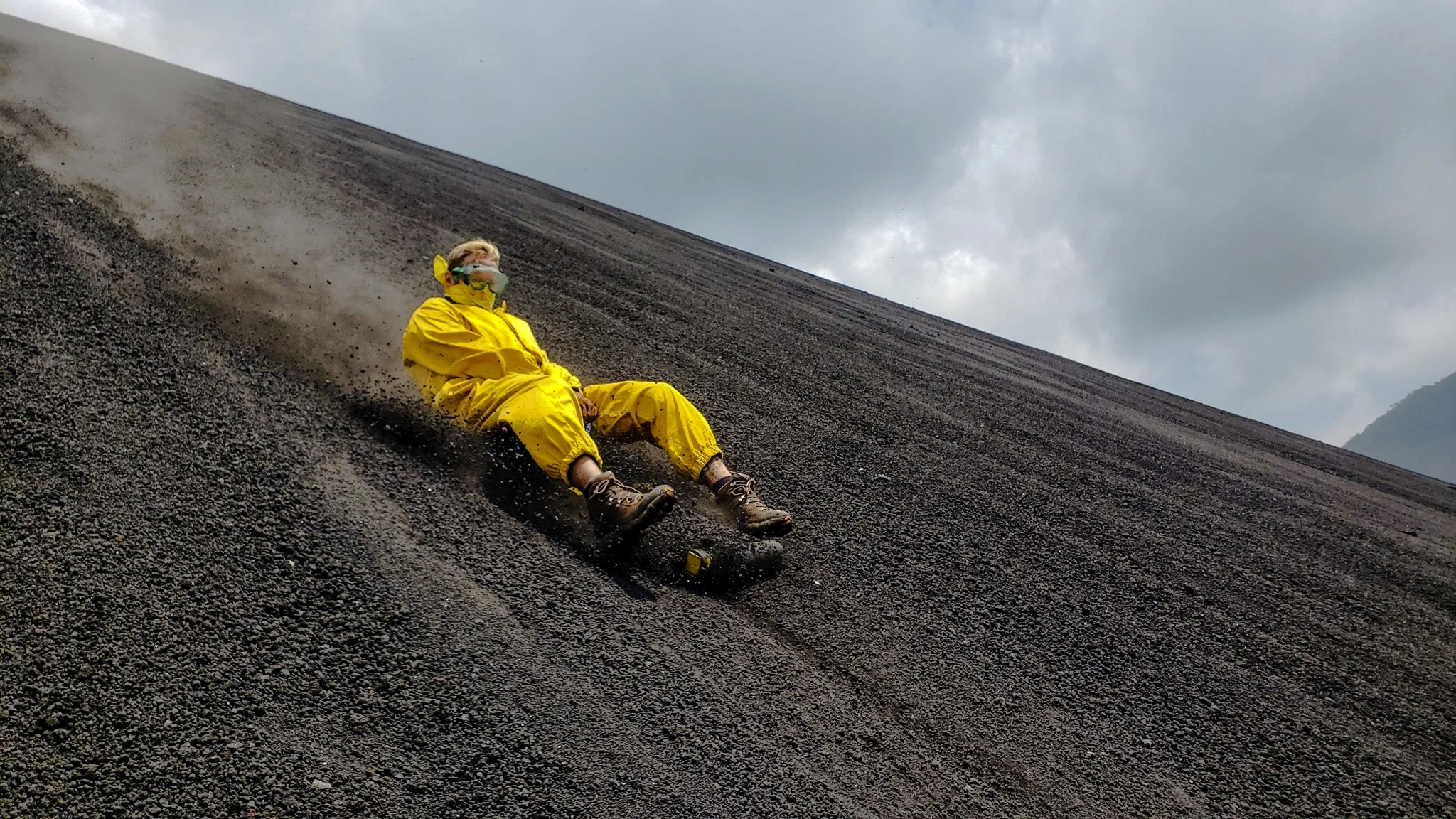Ausangate Glacier
I’d like to succinctly sum up our Peru hiking experience in few words but I’m lacking the vocabulary. We’d never seen so much natural beauty and change in landscapes in such a short amount of time. Over a span of 4 days and 3 nights, we saw llama, alpaca and vicuña roaming free in the Andean highlands, stunning glacier lakes, waterfalls and lush green fields with wildflowers. Starting at around 14,000 feet in elevation, the entire trek was at high altitude.
We’ve had some requests for more information on these adventures so below are a few suggestions on what to pack and helpful tips.
Tour agency
We selected a 4 day, 3 night Ausangate trek with Flashpacker Connect. They’re based in Cusco, Peru but have grown over the past few years and now offer adventure packages all over the globe. What we found appealing is that they offer hikes that are less well known (i.e. less touristy) and prices are competitive.
Flashpacker expertly managed the details and logistics, the guides were amazing and the food was second to none. My idea of “camping food” is canned beans and hot dogs. To the Flashpacker team, it was a 3 course meal of delicious local Peruvian foods for lunch and dinner each day. The cooks and porters worked so hard to prepare meals, prepare our campsites prior to our arrival at each camp site and keep us comfortable. The local guides shared a lot of interesting information with us about the environment, wildlife and customs in the highlands we passed through and oftentimes would be smiling and chatting with the few Andean folks along the way. They also provided us with ample guidance on how to prepare our bodies for high altitude hiking each day and carried oxygen tanks just in case.
Another thing we appreciated was the agency’s environmental stewardship and the positive influence it has on its workers and local communities. By offering treks which are more off-the-beaten-path, it’s bringing additional economic opportunities to highland areas. We didn’t see any other tour groups or hikers along our 4 day trek, which provided a much more authentic experience. Flashpacker also provides veterinary services twice a year for porters’ horses and offer English classes to aspiring guides to advance their careers. It’s great to see an agency as focused on its own footprint as it is on providing great experiences for hikers.
Gear
We’ve been traveling the world with our 65 liter backpacks which fortunately we set aside for this hike. Flashpacker took care of setting up and tearing down tents and sleeping bags each day as they traveled with horses to help with some of the heavy stuff. They also provided a small duffel bag for any clothes we’d want back at camp (gloves, thick socks, heavier jacket, etc.) so we only needed to bring a daypack for all our water, snacks and layers each day.
25-35 liter daypack
2 liters of water
snacks (fruit, nuts, bars, candy bars)
altitude sickness pills
coca leaves (more on this later)
extra socks
waterproof outer layer
hiking pants
thermal underwear
base layer (REI wool blend was great)
mid layer (Patagonia pullover puffy)
outer layer (fleece or wool sweater)
lightweight gloves
hiking poles
hiking boots
rain poncho
ball cap
beanie or warm hat
sunglasses
Tips
This trek was beautiful, but it wasn’t for the faint of heart in some aspects. Starting at 14k feet, altitude was a factor over the entire hike as we reached over 16,522 feet on the last day arriving at Rainbow Mountain (Vinicunca). To help with altitude, it is beneficial to stay around Cusco, Peru and if you’re up for it take a day hike in the area beforehand. It’s common to find coca tea and leaves which help with the altitude so be sure to stock up on these ahead of time. Our guides made tea for us which was always a warm welcome on a crisp morning. Coca is directly from the coca plant, however it’s not processed at all like it’s distant cousin, cocaine. Indigenous peoples have been using coca for thousands of years and it dates back to pre-Incan cultures.
Weather also was a factor. The mountains can change fast, so it wasn’t uncommon for it to rain, sleet and be sunny all in one afternoon. We lucked out big time and had plenty of sunshine over our trek but after speaking with the guides it’s not unusual to have a couple days of heavy rain any time of the year. All this to say that even if your ‘waterproof’ jacket claims it can withstand rain, bring a $3 poncho. You will need it at some point.
Bring your camelback bladder. We went through at least 2 liters of water each day and probably consumed about 3 liters of liquids in general. At altitude it’s super important to drink a lot and avoid booze or anything that will dehydrate you. Lastly, invest in some good waterproof boots. We averaged about 7 miles a day, with the longest day being just over 9 miles. You’ll want comfortable boots that can live up to different weather- soggy socks really suck.
Overall you’ll not be disappointed - it’s well worth the time and physical effort. Stay tuned for another post about this hike with more photos.

